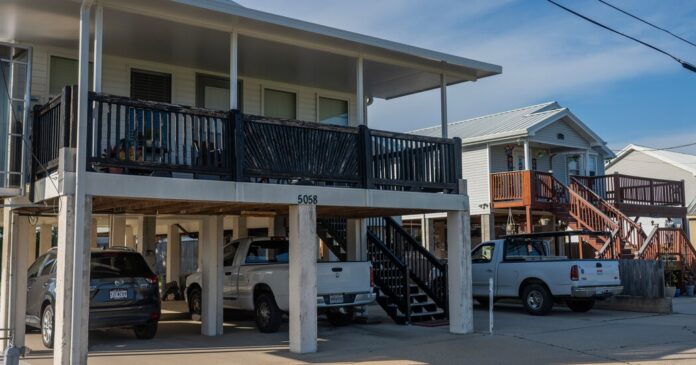The New York Times is investigating the growing problems homeowners face with their insurance coverage, particularly as climate change drives up costs and coverage becomes harder to secure. The publication is actively soliciting firsthand accounts from individuals struggling with their home insurers.
This isn’t simply about isolated complaints. The home insurance market is undergoing a fundamental shift. Extreme weather events – hurricanes, wildfires, floods, and increasingly severe storms – are forcing insurers to reassess risk and adjust premiums. In some regions, companies are pulling out entirely, leaving homeowners scrambling for unaffordable or nonexistent coverage.
The Times’ questionnaire is designed to gather specific experiences. The goal is to uncover the real-world impact of this crisis — not just statistics, but the lived realities of those affected. This includes:
- Rapidly rising premiums: Are your insurance costs spiking despite no claims?
- Coverage denials: Have you been refused coverage due to location or risk factors?
- Sudden policy cancellations: Was your policy dropped unexpectedly, forcing you to find new coverage on short notice?
- Difficulty obtaining coverage at all: Are you in a high-risk area where insurers simply won’t write policies?
Why this matters: The insurance industry is a critical buffer against financial ruin after disasters. When that system breaks down, homeowners bear the full brunt of climate-related losses. This isn’t just a coastal problem anymore. Wildfire risks are expanding inland, and extreme rainfall events are becoming more frequent across the country.
The Times is promising to treat submissions with respect. All responses will be read, and individuals may be contacted for follow-up interviews. The publication assures participants that no information will be shared outside the newsroom or used without explicit consent.
The Times is betting that firsthand accounts will paint a more vivid picture of this crisis than dry statistics ever could. By amplifying the voices of those directly affected, the publication hopes to shed light on systemic failures and pressure insurers and policymakers to address the growing affordability and availability of home insurance.
The investigation is timely. As climate change intensifies, the home insurance market is poised for further disruption. The experiences collected by the Times will likely become a critical part of the conversation about how to protect homeowners in an era of escalating climate risk.









































